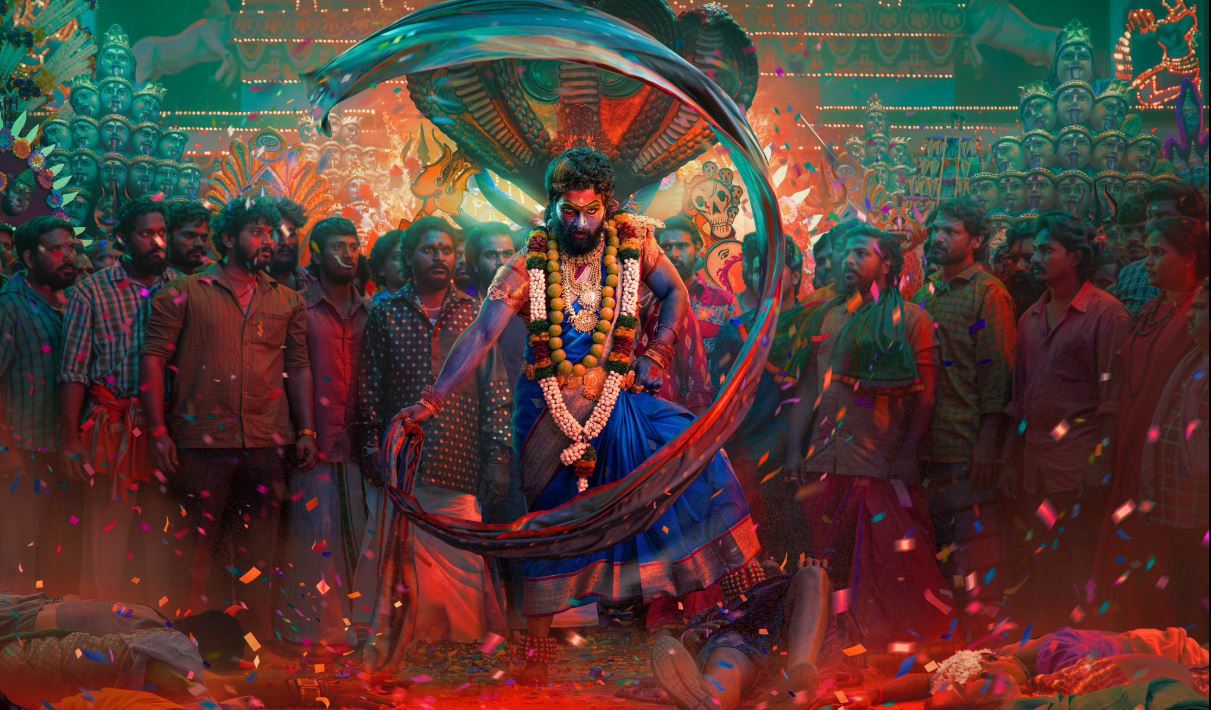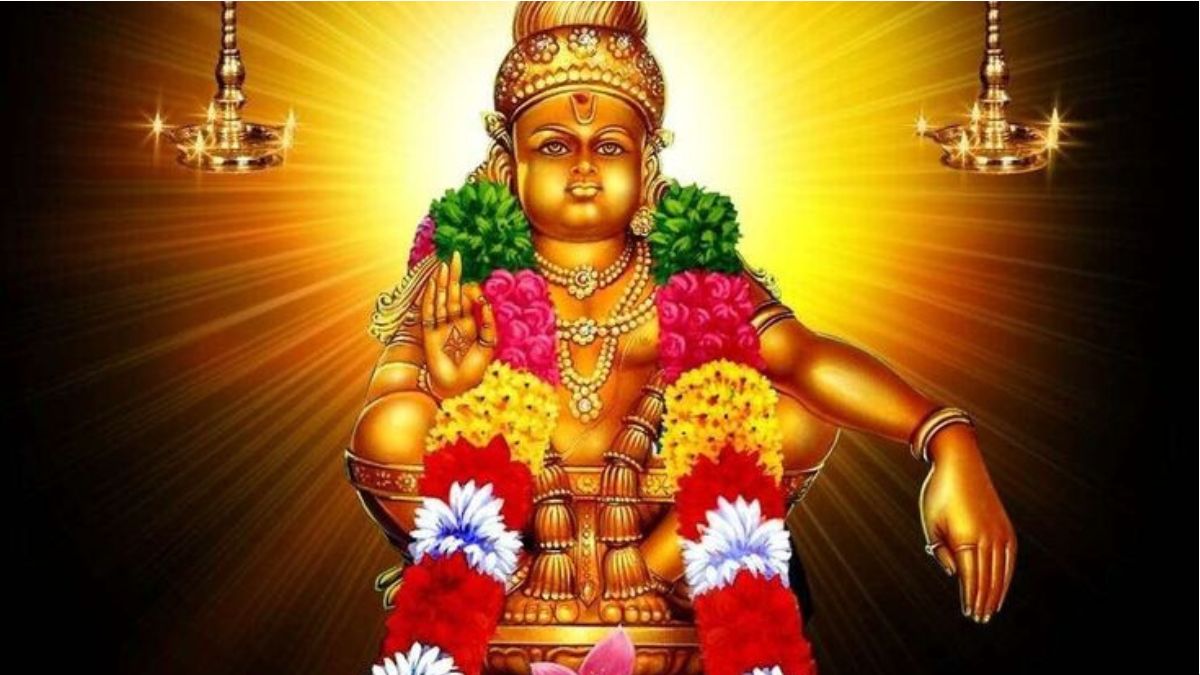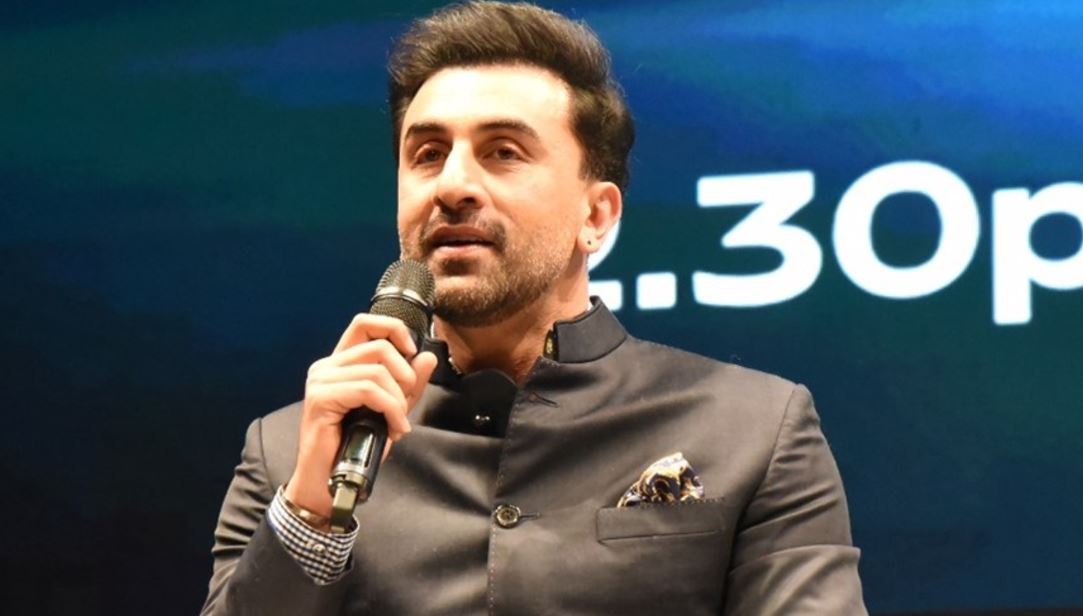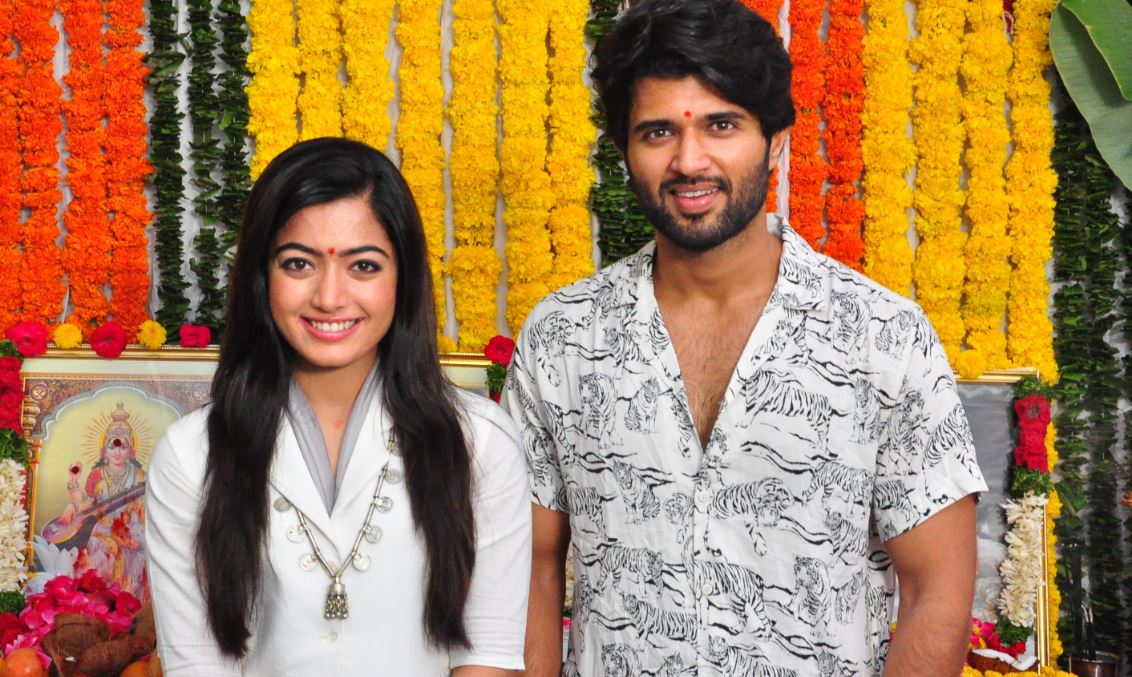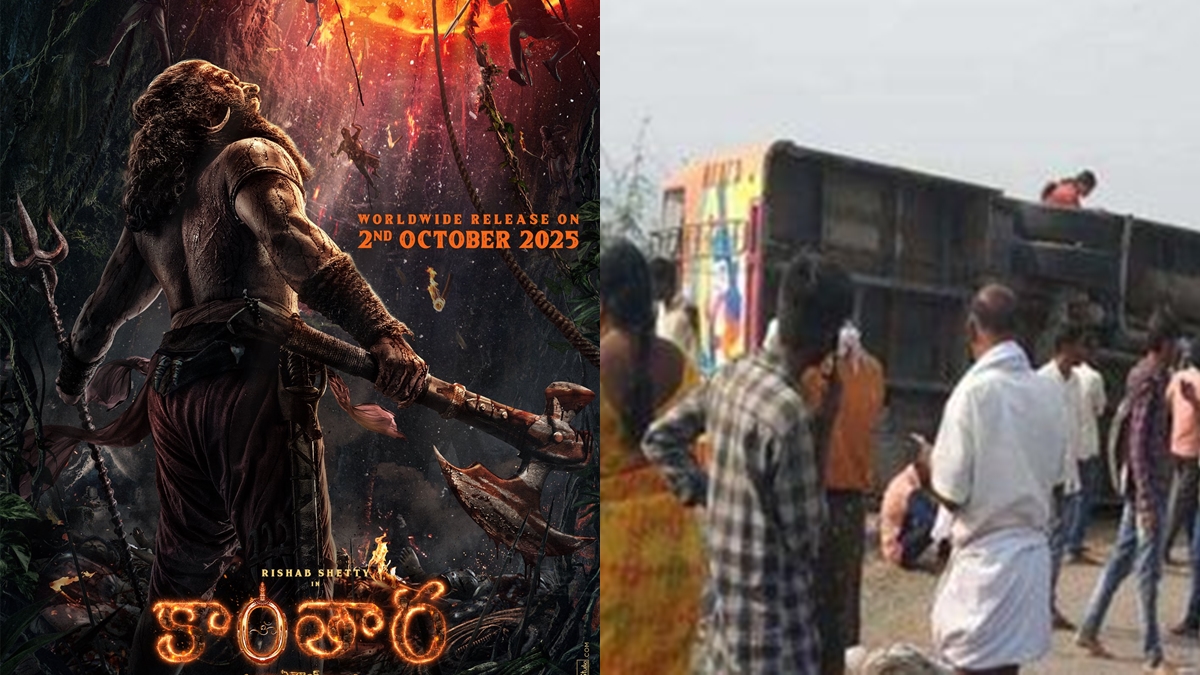India is home to numerous historical buildings. The constructions from the time of the kings stand as symbols of Indian culture. Every year, millions of foreign tourists visit India to see these magnificent structures, and they are left amazed by their beauty. The Indian architectural heritage leaves a lasting impression on them. Although there are countless ancient buildings in the country, some are truly unique. The technical expertise and human ingenuity that went into creating these structures are so impressive that it wouldn’t be an exaggeration to say that they may never be built again. Here are 10 amazing structures in India just for you.
Taj Mahal
When it comes to prominent tourist destinations in India, the Taj Mahal is the first to come to mind. It has gained recognition as one of the Seven Wonders of the World. UNESCO recognized it as a World Heritage Site in 1983. Mughal emperor Shah Jahan built it in memory of his wife Mumtaz. Over time, the Taj Mahal has become a symbol of love for couples. This incredible structure, which showcases the artistry of the Mughal Empire, attracts tourists from all corners of the world.
Ajanta and Ellora Caves
The Ajanta and Ellora caves are located in Aurangabad, Maharashtra. These world-famous caves have been carved out of massive rocks, turning them into artistic sanctuaries. The Ellora caves were constructed between the 5th and 10th centuries, while the Ajanta caves were built in two distinct phases, spanning approximately ten centuries. The first phase of construction is said to have taken place from the 2nd century BCE to the 1st century CE. Both of these caves can be considered incredible historical structures on Earth. It is worth noting that constructing such ancient buildings in today’s world would be nearly impossible.
Konark Sun Temple
The Konark Sun Temple in Odisha was constructed between 1236-1264 AD by the Eastern Ganga Dynasty king, Narasimhadeva I. The temple, built with black granite, depicts a chariot with 24 wheels being pulled by seven horses. Lord Surya, the Sun God, is believed to be riding this chariot. Every day, sunrays enter the temple through its main entrance. Two lion sculptures flanking the main entrance appear to be subduing war elephants. When viewed from above, each elephant bears a striking resemblance to a human body.
Hampi
Hampi, located in Karnataka, is home to numerous structures showcasing the architectural splendor of ancient India. Dating back to the 14th century, these buildings have withstood the test of time, earning Hampi UNESCO World Heritage Site recognition. The city of Hampi was the last capital of the Vijayanagara Empire, and its structures also reflect the artistry of the Chalukya and Pandya kings. Renowned world travelers who visited the region during the 14th and 16th centuries wrote highly of Hampi in their books.
Golconda Fort
Golconda Fort, situated in Hyderabad, is one of the oldest structures in the country. It was constructed by the Qutub Shahi dynasty over a span of 60 years. Built atop a 120-meter-high granite hill, the fort was designed to be impregnable. Covering an area of approximately 5 kilometers, the fort is adorned with bastions. Visitors to the region will surely be awestruck by its wonder. A trip to Hyderabad is typically considered incomplete without a visit to Golconda Fort.
Charminar
Among the must-see attractions in Hyderabad is the renowned Charminar. This monument has gained worldwide recognition. Built in 1591 as a symbol to ward off the plague, Charminar was constructed by Muhammad Quli Qutub Shah. In 1889, Mahbub Ali Khan, who ruled Hyderabad, imported four large clocks from London and installed them on all four sides of Charminar.
Meenakshi Temple
The historic Meenakshi Temple in Madurai, Tamil Nadu, is one of the most magnificent temples in India. The temple showcases the artistic brilliance of the Pandya kings. Spanning across 15 acres, it requires more than a pair of eyes to take in the beauty of the temple. Every visitor who steps inside this temple is captivated by its enchanting aura. The temple pond, situated in the center of the complex, holds a special allure for devotees.
Amer Fort
Located in Jaipur, Rajasthan, the 16th-century Amer Fort or Amber Fort is one of the most famous forts in India. It stands as a testament to the skill and expertise of Rajput art and architecture. The renowned Rajput king, Raja Man Singh, commissioned the fort’s construction in 1558. Amer Fort plays a significant role in the development of Rajasthan’s tourism sector, attracting millions of tourists who come to witness the grandeur of the Rajput era.
Mysore Palace
The Mysore Palace, one of the largest and most ancient royal residences in the country, is a testament to the Wodiyar who once ruled Mysore and built it in the 14th century. They managed the palace as their dwelling, and it is now a major attraction featuring a golden throne, a royal court, and a wedding hall. Additionally, sculptures in Indo-European style near the main entrance captivate tourists with their beauty.
Golden Temple
The Golden Temple, renowned for its sanctity, is situated in the middle of a lake, drawing countless visitors with its allure. The temple has four ornate gates and its walls are adorned with intricate paintings, crafted to perfection. Decorated with gold and silver, the temple is a truly stunning sight to behold.



